The Energy Continuum
We all know that everything is energy. Some things vibrate at a very fast rate (e.g. light), while other things (e.g. solid matter) at a slow rate.
You wouldn’t say that light is necessarily ‘better’ than something that vibrates at a lower rate (e.g. a brick) – it depends what you want or need in a certain situation. If a strong storm is blowing then some bricks to build a wind shelter might be perfect; whereas if you need to navigate from one place to the next at night, light would be preferred.
This, of course, is all rather simplistic, but it makes a valid point: what people call ‘higher forms of spiritual energy’ are not necessarily better or more powerful at healing whatever conditions you have – it depends on the circumstances. If you have a very high energy vibration trying to work on a very physical condition, for instance, it may not prove so effective.
To understand this better, let’s return to light. It’s good for a lot of things, but if you want to move, say, a rock with it, it’s not very helpful. Yes, it may have a very high ‘energy vibration’, but it ends up being so high that there is no traction. It’s like a ghost trying to eat a hamburger - it just can’t be done. The two exist on separate energy planes that can’t fully intersect on a physical level. If you want to move a rock you therefore need something that also has a slow vibrational rate, like a wheelbarrow or human body.
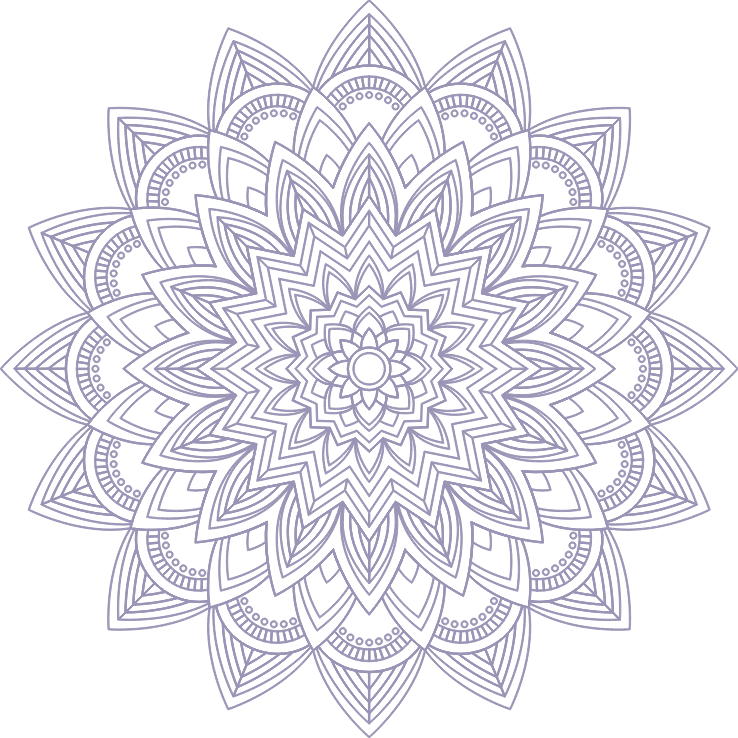
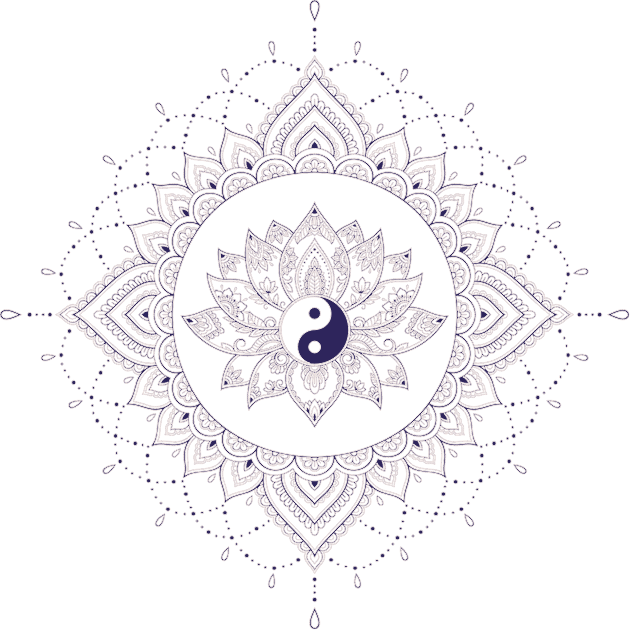
Different Healing Methods, Different Vibrational Rates and Ranges
Each healing method has what you might call a different ‘vibrational range’. To keep things simple, let’s imagine that all possible expressions of energy can be found on a continuum moving from 1 to 1000.
In the case of Reiki, let’s imagine that it is able to vibrate – and, as a result, heal – any conditions falling within the 247 to 632 range. I’m just plucking numbers out of my head here, so don’t take me literally; but what I want to make clear is that if a condition requires energy healing that falls outside the range Reiki can work in, then Reiki will not be able to heal it.
If you take another healing method, however, like Pellowah, its energy range might be something like 452 to 823. In other words, there is a part of the energy continuum where the two healing methods overlap, and a part where only one of them can operate
So while it may be the case that Pellowah operates on a higher vibrational level, that doesn’t mean it is better at healing necessarily, simply that it can better deal with certain things that will tend to be less physical and more spiritual / emotional.
That said, where healing is concerned things aren’t always so clear because there is usually a mind / spirit connection to the body. So if you heal the mind or spirit that will often ultimately produce healing in the body.
Conversely, there is probably even a connection between the body and the spirit, because when the body feels alive and well it is so much easier to connect to spirit. (Just try meditating when you are in extreme pain or starving!)
So the benefit of knowing more than one healing method has now become clear: each one will specialize in dealing with conditions that fall within a particular energy band and, depending on the issue being worked on, only one of them may be able to effectively cure it.
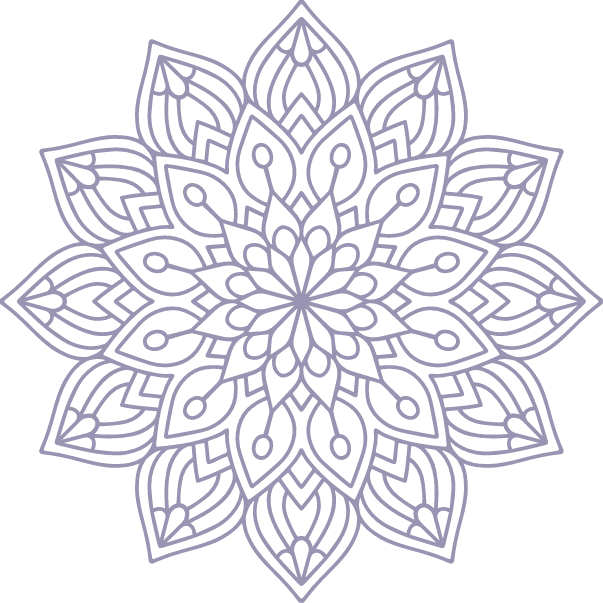
Reiki and Pellowah
These days most of us are busy. We don’t have a lot of time to master new skills – and we may not even have much time to practise pre-existing ones. That’s why finding a healing modality that is quick to learn and highly effective from the get-go is so ideal. And that, precisely, is what Reiki and Pellowah have to offer.
Since both healing methods spring to life as a result of an attunement – rather than extended practice – it means that students can learn a highly valuable new skill in just one weekend.
For anyone who hasn’t actually learned either of these healing methods, this might sound incredible (even unbelievable!), but millions of people around the world (the vast number of these being Reiki practitioners) can testify to the truth of this. You get the attunement and bang! your healing hands are ready for action.
Of the two methods, Reiki is the more robust (for example, you can mix it with other healing methods – something Pellowah doesn’t like), it can be used more effectively on very physical conditions (e.g. a sprained ankle) and you can use it on yourself (something that isn’t an option for Pellowah).
Pellowah – being a higher vibrational energy – is lighter and better suited to heal physical conditions that have a difficult-to-track spiritual / mental / emotional cause, as well as general emotional and psychological disturbances. It is also a powerful tool in raising an individual’s energy vibration to help him or her reach a higher spiritual state.
So the reason a healer may be interested in learning both Reiki and Pellowah (or other such combinations), is that it will enable him or her to treat a greater variety of issues. By accessing a wider range on the energy continuum, it will be possible to heal many conditions that one modality alone cannot heal.
Personally, I feel that it is best to start with Reiki because of its versatility (it can be used in so many different situations), the ease with which it is physically experienced (even people who are not energetically sensitive can usually feel Reiki energy) and the fact that you can heal yourself.
Once you have a foundation in Reiki, however, then Pellowah will give you a critical tool for healing many conditions (in particular chronic ones) that Reiki would either take a very long time to fix or could not fix at all. Pellowah is like the trump card you can pull out when Reiki isn’t getting through.
Ultimately, since you get the power to channel Pellowah by simply attending a course, it makes sense to add it to your repertoire. It’s not going to take away any time from your other healing practices (after all, you can’t practise it on yourself), it will just be there, ready to help heal others, whenever the need arises.
The Power of Pellowah
Claim your free copy of Jeremy O'Carroll's ebook, 'The Power of Pellowah', and discover why Pellowah's intuitive, high-vibrational healing will amaze your friends, family, pets and plants (presuming they can be amazed!).
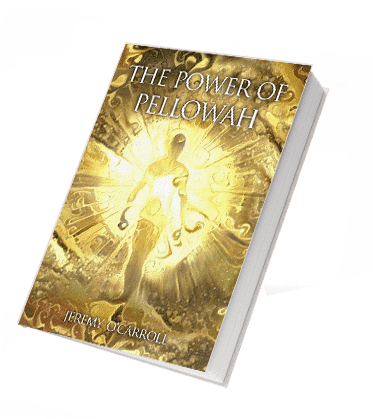
Take a Pellowah Course?
If you would like to find more about our Pellowah courses or sign up for one, visit the Pellowah courses homepage.
